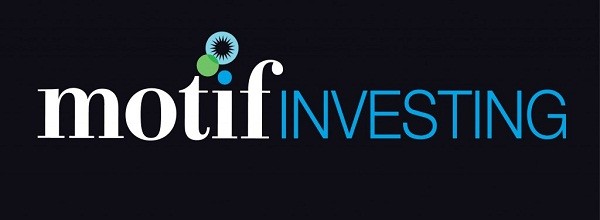How to build your own ETF
Post on: 30 Март, 2015 No Comment

JenniferOpenshaw
Like many investors, you may appreciate the unique attributes of ETFs. They’re blends of securities, aligned to our personal tastes. They’re easy to buy and sell, low cost and diverse, and there are over 1,300 to choose from. The many flavors may be categorized by large segments of the market (like large cap stocks) or very specific niches (the wind-power industry).
Shutterstock.com
Sounds delicious. But while regular ETFs have a lot of advantages, they’re built upon fixed, broadly constructed indexes, even in a fairly narrow niche, like wind power. That fixed index means you get allplayers in the segment.
So with 50, maybe 100, maybe as many as 1,700, stocks in the index, you get the bad stuff with the good. Even if you choose the right segment, it’s hard to outperform the broader market. Most of us amateurs like to cook from recipes, but we might prefer a little more salt, a little more rosemary or thyme, a little less heat. We start with recipes and then modify them to our own tastes.
So how can we personalize an ETF-like portfolio to our own tastes?
Just the Way You Like It
Here’s where customized-ETF platforms come in — easy, low-cost ways to spice up an existing ETF, or cook up one of your own. The result isn’t a real ETF per se, because it’s not exchange-traded — it’s yours. But it retains many of the advantages of a regular ETF. You get ETF simplicity, with your own investment choices sprinkled in.
It turns out that there are two pretty cool tools you can use to do this: Folio Investing and Motif Investing. Through these platforms, you can customize holdings and weightings of a pre-set portfolio on the site, or you can build your own ETF-like portfolio from scratch. Then you buy as much of it as you want, just like with a regular ETF off-the-shelf.
- Folio Investing allows you to choose from so-called Ready-to-Go Folios — more than 100 pre-designed portfolios built around a specific market segment or strategy. Folio determines the mix of securities and rebalances occasionally, always keeping you in the loop. You can buy into either the Ready-to-Go Folios or your own customized folio with up to 100 stocks with one transaction — creating or using as many Folios as you wish. Two pricing plans are offered: One allows unlimited “window trades” (trades grouped and placed twice a day) for a fixed $29 a month fee; with the other, you pay $4 per window trade and a minimum $15 a quarter service fee.
- Motif Investing has taken the idea a step further by capturing today’s “economic ideas and broad consumer trends” into a series of some 116 motifs, each of which contains as many as (but usually fewer than) 30 stocks. Motifs come with odd labels like “shale oil,” “that new car smell,” “cleantech everywhere ” and “housing recovery,” as well as monikers suggesting more conventional themes, like “dividend stars.” The lists of stocks and their weightings are simple and clear. Best of all, you can modify the weighting of any portfolio. Don’t like eBay in your “couch commerce” portfolio? Simply reduce its allocation using the little slide bar, and the allocation of other portfolio components increases automatically. You can add stocks or remove them altogether. Each motif comes with its own chat room, where you can engage in discussions about it. Every time you buy or sell a complete motif, customized or not, it’s a flat $9.95 fee. To buy or sell an individual stock within a motif, it’s $4.95.
With either approach, you have more control than with a regular ETF. You also avoid the ETF management fees that, while low, typically range from 0.20% to 0.50% each year. If you’re new to ETF investing, these platforms may seem complex, but both services have ample help facilities and live agents who can answer your questions.
I really like them both, but especially Motif, because it’s designed around concepts investors think about — like how to invest in a group of stocks that profit from today’s high rents, for instance.
One big difference between the two: Folio executes trades twice per day whereas Motif runs on a real-time basis. Also, Motif leverages social media to allow you to “crowdsource” other investors around a theme.
Be aware that following your investment ideas –— and putting your money in things like windmills — may not be the best financial investments. Also, it’s probably unwise to put all your eggs in these baskets. They may give you a diverse portfolio but the diversity is only in stocks, so consider other classes such as bonds.
And be aware of tax consequences. Since these are not true ETFs, any selling typically triggers a taxable event on not just one but many securities. If you have a lot of motifs, for example, and you trade 10 times a day, you’d have tax-related reporting for 30 securities (10 trades with 30 securities each). Motif says it will be offering a tax-optimization solution.
I expect to see more customization platforms like Folio and Motif soon. As financial industry consultant Grant Easterbrook of Corporate Insight puts it, there’s “a broader trend in the industry to drive down commission costs, while still competing on bells and whistles.” He thinks online brokers, especially those who don’t already offer traditional ETFs, like E-Trade and Ameritrade, will probably enter this space. I agree, and I wouldn’t be surprised to see some traditional ETF sponsors join the fray as well.
So get out your favorite apron, and prepare to cook up an ETF of your very own.














